Photo: shutterstock
Reading Time: 7 minutesThe Airbus A380. The superjumbo. The giant. The icon of modern aviation. Whatever you call it, it is still world’s biggest commercial aircraft ever built.
It is an eye-catching flying object for those not related to aviation. It is a breathtaking experience for ordinary flyers travelling with the A380. It is a spectacular view for those wandering around the airport looking for the right gate. It is a remedy for the lens of passionate planespotters. It is a dream for the majority of pilots and flight attendants.
Even if you are someone who fancies Boeing 747 “Queen of the Skies” more, I do not doubt that deep inside you would also like to try out the largest airliner on the globe.
The End of Era
Airbus A380 has been in the air for over a decade now. Since 2007, when first revenue flights of a double-deck aircraft powered by four engines began, it has already completed 500,000 revenue flights and carried over 190 million passengers.
Airbus projected this program to reshape long distance air travel, to change aviation, to take a great bite of a lucrative aviation market. Unfortunately, aviation is too dynamic and unpredictable. The most promising airliner did not meet expectations.
Lack of customers, high costs of production, huge operational costs as well as difficulties with selling all the seats (maximum capacity of one A380 goes far beyond 800 passengers) lead to certain doubts over its financial value.
Thus, in February of 2019 Airbus announced about halt of Airbus A380 production of the world-famous plane.
Which Airlines Are Still Flying It?
1. The first scheduled flight of Airbus A380 was performed by Singapore Airlines, the second biggest operator of the type. Since 2007, the airline has grown its A380 fleet up to 24 aircraft, although currently it operates 19 A380s and flies to 13 destinations from its hub in Singapore.
Singapore Airlines was the first airline to welcome the new aircraft and the first one to retire. Most probably, you have already counted that five double-deckers are missing from the initial set.
These planes were phased out after reaching the 10 years’ mark. It is reasonable to expect that more A380s will leave Singapore Airlines’ fleet after the decade of service.

2. For most of aviation-related people, primarily, Airbus A380 associates with Emirates. No surprise, as the connection is absolutely reasonable.
Emirates is the only airline in the world which flies exclusively widebody aircraft fleet. Notably, 41% of it consists of A380s, which in numbers equals to 112 units. With 11 aircraft still on order, Emirates is the biggest A380 aircraft operator in the world.
Also, there is a high possibility to spot the A380 in this airline’s livery in any of the biggest airports in the world, as Emirates deploys its Airbus fleet on 55 routes around the globe.
The airline has been soaring the sky with the A380 since 2008. Until February, 2019, it had a total order for 162 A380 aircraft. However, after long considerations, Emirates decided to reduce this number to 123.
Change of the initial order eliminating 39 units, is a considerable loss for the airframer, keeping in mind, that the A380 is the most expensive commercial aircraft in the world ($445.6 million according to the average list prices released by Airbus in 2018).
Thus, it pretty much explains, why Airbus has finally arrived at the conclusion to halt the production of the type by 2021.

3. The flagship airline of Australia, Qantas, was the third lucky one to commence commercial services with globally desired Airbus A380 aircraft.
Since the first delivery in 2008, with a help of 12 Airbus A380 Qantas connects Australia with the farthest points of the world. Now the carrier serves six routes from two bases in Australia.

4. The year 2009 marked another milestone for the A380 program. World’s biggest passenger jet was delivered to the first European customer – Air France.
9 superjumbo planes, currently operated by the airline, are serving seven destinations flying on the transatlantic routes to the US as well as are connecting Europe with biggest cities in the Asia-Pacific region.
However, Air France is among the latest operators of type which announced about the upcoming retirement of its Airbus A380 fleet. The first one has been already phased out.

5. The second European Airbus A380 was, and up to this day is, Lufthansa, which owns 14 Airbus planes of the type.
Lufthansa has been flying A380 since 2010, however, in summer of 2019 the airline announced about the plans to sell six of its A380s for economic reasons. This way, by 2023 the airline is expected to have only eight.
Meanwhile now the carrier flies on ten routes from Frankfurt and Munich to the major US and Asian countries.

6. In 2011 Airbus delivered its A380 aircraft to the first A380 purchaser outside Europe (according to Airbus). It was Korean Air, the flag carrier of and the largest airline in South Korea.
Today Korean Air has 10 superjumbo aircraft in its fleet serving four destinations from the hub in Seoul.
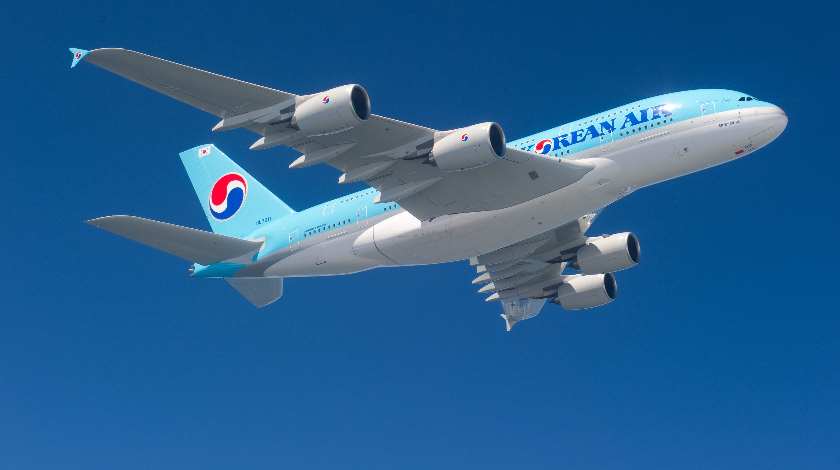
7. The A380 type found its home also in China. Starting from 2011 6 biggest passenger planes in the world are flying for China Southern Airlines. The airline serves two routes from Guangzhou to Beijing and Los Angeles.

8. Since 2012 6 Airbus A380s have been soaring the sky after take-off from the Southeast Asian country under the brand of Malaysia Airlines. The airline operates its double-deck aircraft on two routes from Kuala Lumpur to Madinah and Tokyo.

9. In 2012 the list of Airbus A380 operators was supplemented by Thai Airways, which today has 6 double-deckers in its fleet. The carrier flies its big birds on four routes from its base in Bangkok to London, Osaka, Paris and Tokyo.
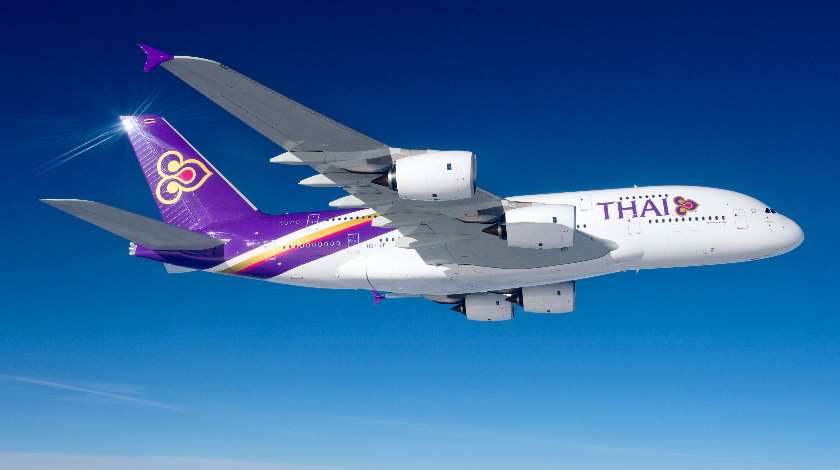
10. It was the year 2013, when the first out of 12 Airbus A380s wearing British Airways took up into the air for the long-haul flights. Currently, the flag carrier of the UK, and the third European owner of the A380, uses this type to reach 10 destinations that are scattered all around the world.

11. Starting from 2014, Airbus A380 joined the fleet of Asiana Airlines, South Korea’s second-largest major airline. At the moment, the carrier operates 6 superjumbo planes on seven routes from/to Seoul.
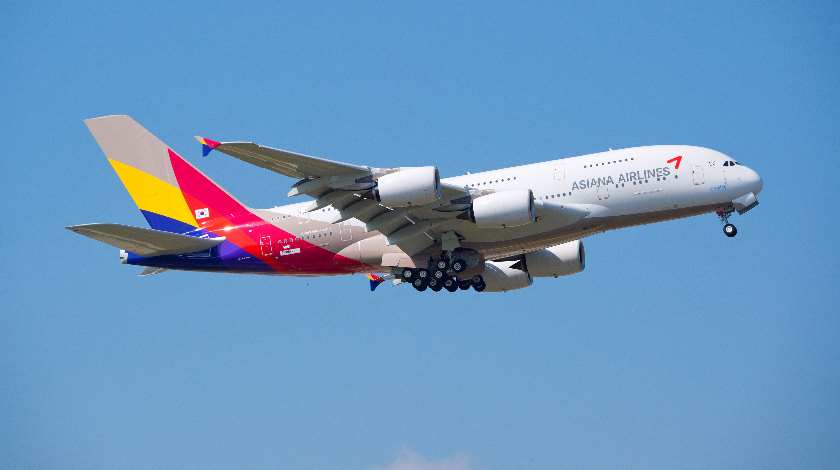
12. The Airbus A380 type was welcomed by Qatar Airways also in 2014. At present, the airline offers its travellers unrivalled flying experience on 10 world’s biggest commercial planes connecting Doha, the capital city of Qatar, with seven destinations.
Nevertheless, earlier this year (2019) the carrier announced about its plans to phase out each A380 which reaches the age of 10 years. Correspondingly, first retirements are expected already in 2024.
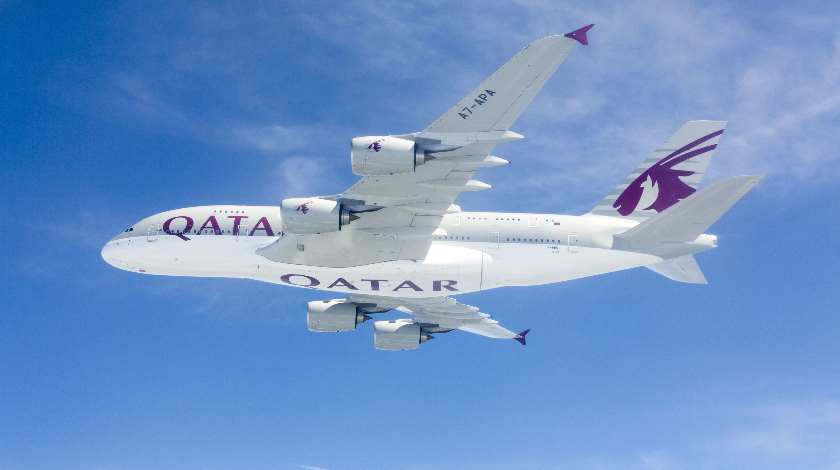
13. Also, 10 Airbus A380 fly for Etihad Airways, the second-largest airline in the United Arab Emirates. The first airliner joined the fleet also in 2014. Now, in turn, Etihad benefits its A380 passengers on four routes from Abu Dhabi to London, New York, Paris and Sydney.
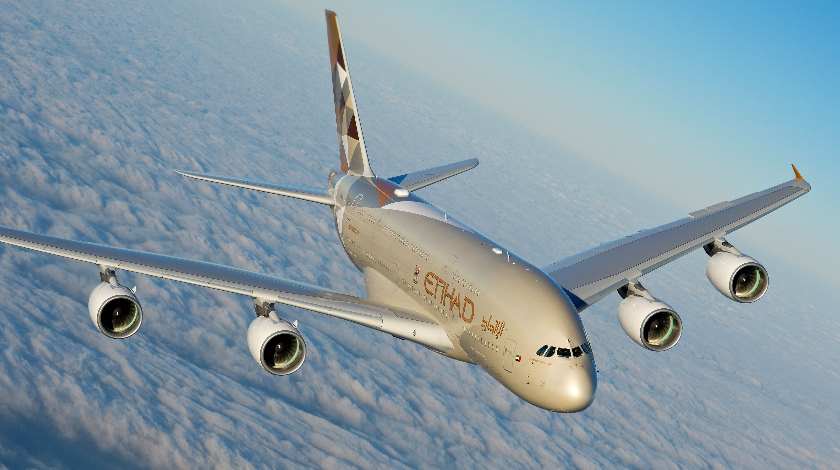
14. In 2018 the A380 program took a breath of fresh air when the first second-hand airliner, after 10 years of commercial service, was handed to Portuguese wet-lessor Hi Fly. Now its single superjumbo successfully continues serving the market on wet lease and charter services.

15. Finally, it is All Nippon Airways (ANA), the latest Airbus A380 customer, which took the delivery of its initial A380 just in March of 2019.
ANA, which is the first airline in Japan to operate this type, already flies two Airbus double-deck airliners on the Tokyo-Honolulu route (according to Airbus orders & deliveries sheet as of 31 July, 2019). The third, and the last, on order is yet to be delivered.

Thus, the question which airlines are still flying the iconic Airbus A380 aircraft has been already answered. In total, 15 commercial airlines are still actively deploying the four-engined double-deckers on their long-haul routes all over the globe.
Definitely, for some more decades we would still be able to spot these planes soaring the sky (they are so easily identified), or even feel the pleasure of air travel while being on board of the superjumbo.
However, the fact that the great era of Airbus A380 has began to slowly move towards the final line is undeniable.
